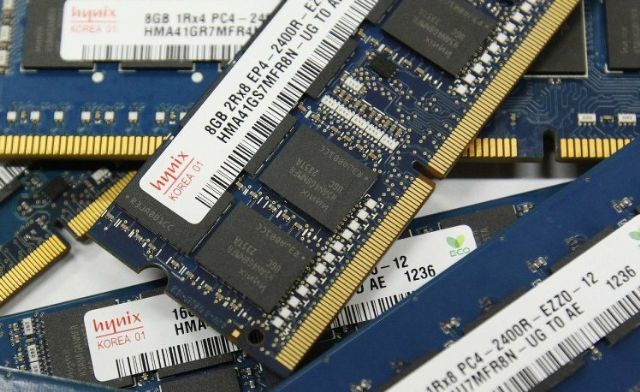Weak PC Market Among Reasons for DRAM Price Collapse
2015/10/20 | By Ken Liu
They point out that the lackluster global economy, the strengthened U.S. dollar and the weaker-than-expected market for personal computers in developing economies have undermined the efforts by the world's major DRAM chipmakers to cut their output.
The world's No.1 DRAM chipmaker, Samsung Electronics Co., Ltd., has slashed its contract DRAM price by nearly 20% to cope with the slow demand, incurring market fears that the average price of the chips would drop to an all-time low of US$15 overall in the fourth quarter
Memory-module makers say that Samsung has shifted the capacity from its reduced PC DRAM production since this July to make the profitable DDR4 memory chips for servers and LPDDR4 chips for smartphones. On the other hand, the chipmaker has suggested PC makers that they prop up the price of 4GB DDR3 modules at US$20.5 per unit—a price tag that seems unlikely sustainable in consideration of the fragile PC market and the still high inventory backlog at Samsung.
Few days ago, Samsung reportedly reached an agreement with PC heavyweights including Dell Inc., Hewlett-Packard Co. (HP) and Lenovo Group Ltd. to axe the price of its contract DRAM modules by a whopping 18% to US$16.8.
Industry executives point out that due to the cut, average contract price of 4GB DDR3 DRAM module stood around US$17 in the third quarter, slumping around 30% quarter- on-quarter from US$24. The collapse has rocked Taiwan's DRAM makers, including chipmakers Nanya Technology Corp. and Inotera Memories Inc. as well as module makers Transcend Information, Inc. and ADATA Technology Co., Ltd.
They note that downward pressure on price has only intensified since September despite the price had already dipped to close to the 32-month-low of US$17 in September from the US$18-19 range in August mainly due to excessive inventory backlogs at DRAM chipmakers. To quickly clear the inventory, chipmakers have little option but to dump them at lower prices.
Originally, the world's top-three DRAM chipmakers—Samsung, Micron Technology Inc., and SK Hynix Semiconductor Inc.—expected the rollouts of Windows 10 and Skylake processor to stimulate the PC market. However, the strengthened U.S. dollar has hurt PC demand in developing economies, thereby piling up DRAM-module inventory at PC makers. Module makers predict the module price in contract market to fall to US$15-16 in the fourth quarter.
Industry executives point out that although the weakened NT-dollar did bring Nanya and Inotera fatter profit in the third quarter relative to the second quarter, but such benefit has become marginal due to the accelerated collapse in the contract DRAM prices.
Hamstrung by the drastic price slump, Nanya and Inotera, Taiwan's top-two DRAM chipmakers, are projected to see their earnings for the fourth quarter drop to the lowest of this year.




